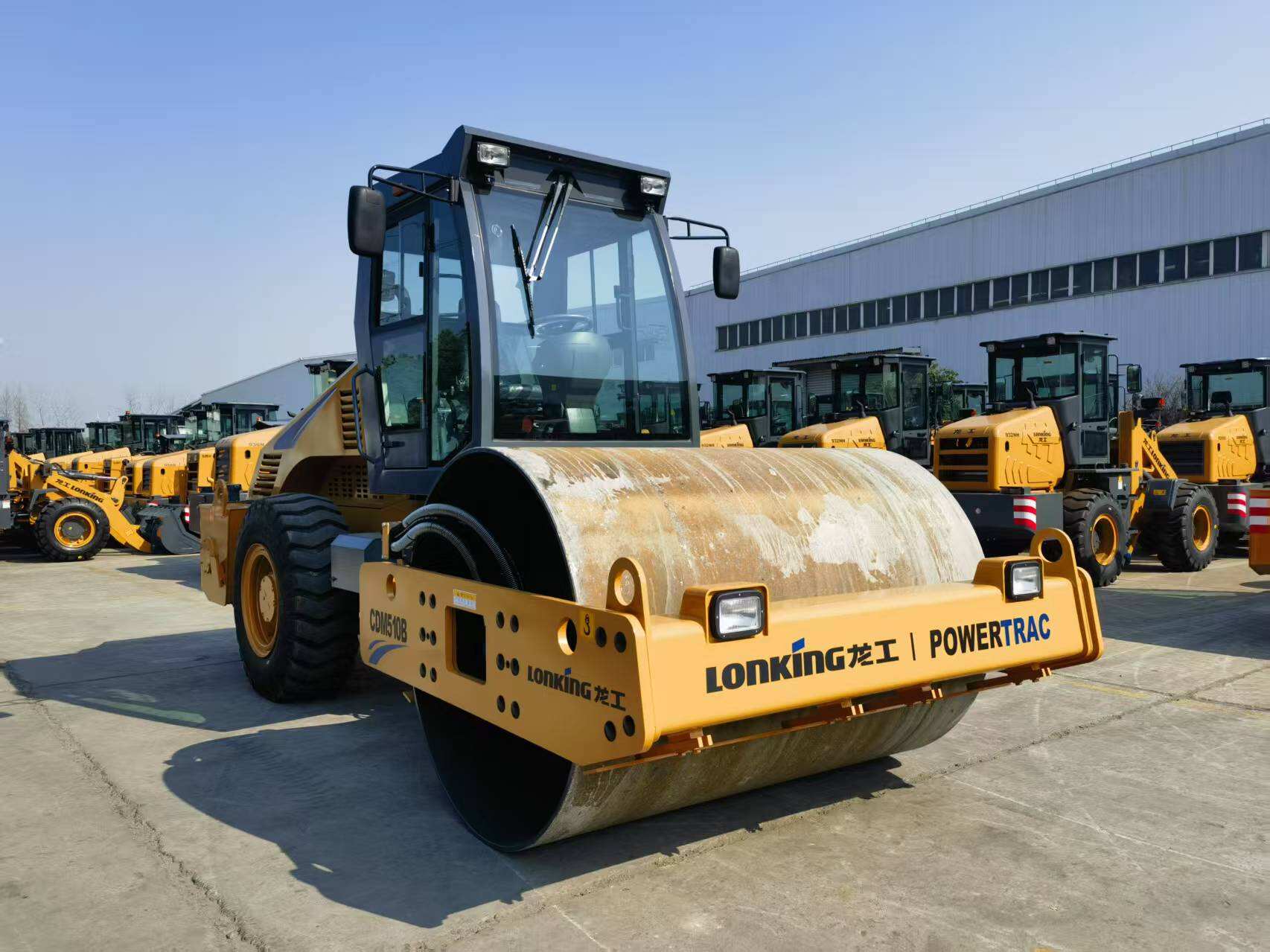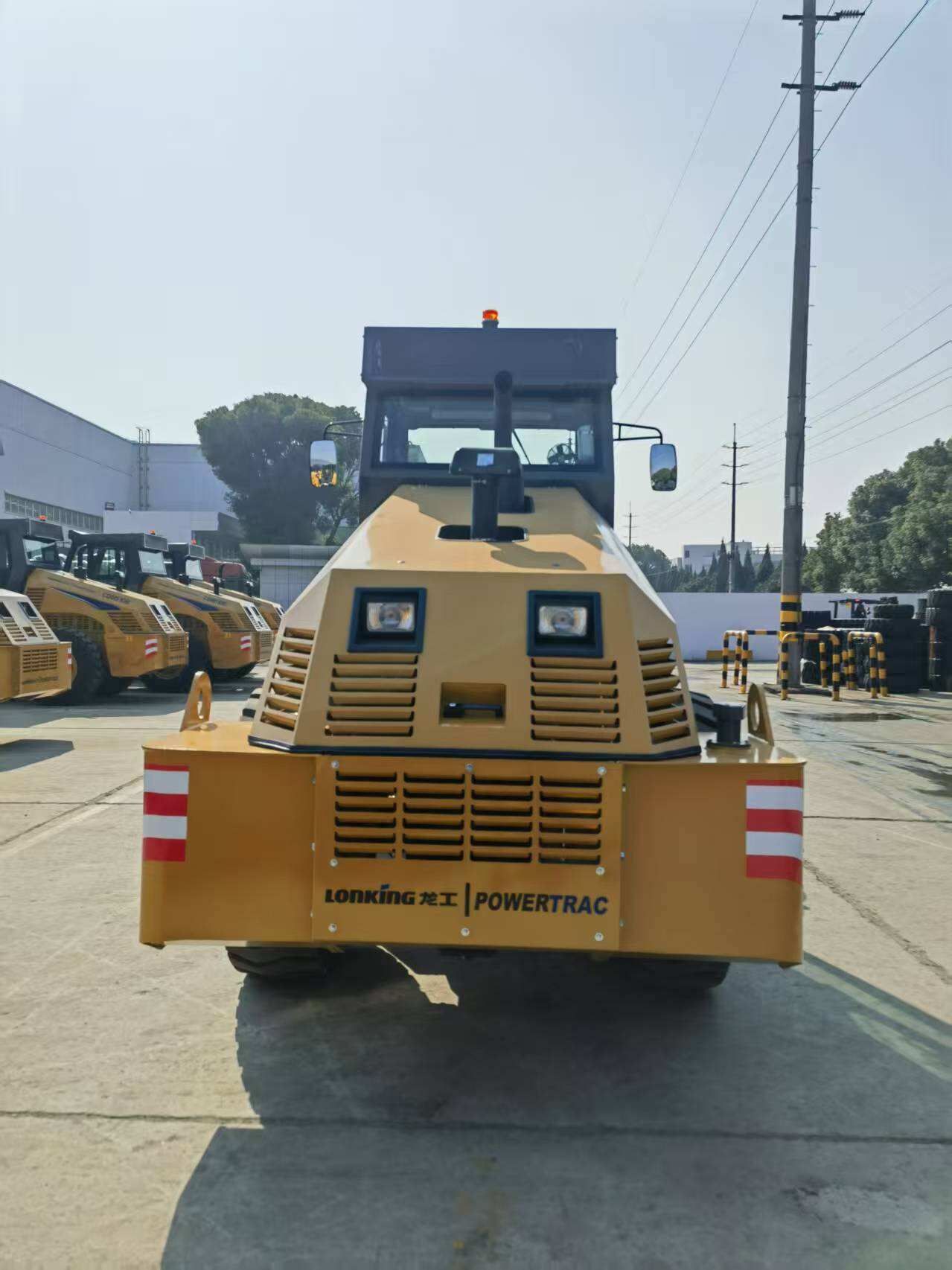Mastering Gravel Road Construction with Advanced Compaction Equipment
The construction and maintenance of gravel roads require specialized equipment that can deliver consistent, high-quality results. A pneumatic roller stands out as an essential piece of machinery that has revolutionized the way we approach gravel road construction. These versatile machines utilize multiple rubber tires to create the optimal compaction necessary for durable, long-lasting gravel surfaces.
The unique design of a pneumatic roller allows it to achieve uniform density across the entire road surface, preventing common issues like rutting, washboarding, and material displacement. By understanding the capabilities and advantages of these machines, construction professionals can make informed decisions that lead to superior road construction outcomes.

Technical Advantages of Pneumatic Rollers
Superior Ground Contact and Pressure Distribution
A pneumatic roller's most distinctive feature is its array of rubber tires that provide exceptional ground contact. Unlike steel drum rollers, these machines offer a kneading action that helps interlock aggregate particles more effectively. The rubber tires can conform to surface irregularities, ensuring consistent compaction even on uneven terrain.
The adjustable tire pressure system allows operators to fine-tune the compaction force based on material type and project requirements. This flexibility makes pneumatic rollers particularly effective for working with various gravel gradations and achieving optimal density levels throughout the entire layer depth.
Enhanced Material Integration
The rolling action of pneumatic tires creates a unique mixing effect that helps integrate different-sized particles more effectively. This process is crucial for gravel roads, where proper material binding is essential for long-term stability. The kneading action helps eliminate voids and creates a more cohesive surface structure that can better withstand traffic loads and weather conditions.
Additionally, the rubber tires help prevent the segregation of materials during the compaction process, ensuring a more uniform distribution of aggregate sizes throughout the road surface. This uniformity contributes to better load-bearing capacity and reduced maintenance requirements over time.
Operational Benefits in Gravel Road Construction
Versatility Across Different Weather Conditions
Pneumatic rollers demonstrate remarkable adaptability to various weather conditions, making them reliable tools for year-round construction projects. The rubber tires maintain better traction in wet conditions compared to steel drums, allowing work to continue in less-than-ideal weather. This versatility helps keep projects on schedule and reduces weather-related delays.
The machines also perform exceptionally well in hot conditions, as the rubber tires are less likely to pick up material compared to steel drums. This characteristic is particularly valuable when working with binding agents or during surface treatments on gravel roads.
Cost-Effective Performance
Investing in a pneumatic roller often proves more economical in the long run due to its versatility and effectiveness. These machines require less maintenance compared to traditional compaction equipment, and their rubber tires typically have a long service life when properly maintained. The ability to adjust tire pressures also means one machine can handle various compaction requirements, reducing the need for multiple specialized pieces of equipment.
Furthermore, the superior compaction achieved by pneumatic rollers often results in roads that require less frequent maintenance, leading to significant cost savings over time. The reduced need for material replacement and surface repairs makes these machines a smart choice for both contractors and road maintenance departments.
Environmental and Safety Considerations
Reduced Environmental Impact
Pneumatic rollers contribute to more sustainable road construction practices through several mechanisms. Their efficient compaction process requires fewer passes to achieve target density, resulting in reduced fuel consumption and lower emissions. The superior material integration also means less waste and better utilization of available resources.
The machines' ability to work effectively with recycled materials and various aggregate types supports environmentally conscious construction practices. This versatility allows contractors to make better use of local materials and reduce the environmental impact of transportation.
Enhanced Safety Features
Modern pneumatic rollers come equipped with advanced safety features that protect both operators and other workers on site. The elevated operator position provides excellent visibility of the work area, while enclosed cabins offer protection from dust and weather elements. Advanced control systems allow for precise maneuvering and consistent compaction results.
The smooth operation of these machines also contributes to workplace safety by reducing the risk of material displacement and creating more stable working surfaces during construction. The reduced noise levels compared to steel drum rollers make them more suitable for use in noise-sensitive areas.
Frequently Asked Questions
How often should tire pressure be adjusted on a pneumatic roller?
Tire pressure should be checked daily and adjusted based on the specific requirements of each project phase. Different materials and layer depths may require varying pressure settings to achieve optimal compaction results. It's recommended to follow manufacturer guidelines and conduct regular pressure checks throughout the working day.
What maintenance is required for pneumatic rollers?
Regular maintenance includes daily tire inspection, pressure checks, cleaning of the spray system, and routine engine maintenance. The rubber tires should be inspected for wear and damage, and the ballast system should be checked periodically. Following the manufacturer's maintenance schedule is crucial for optimal performance and longevity.
Can pneumatic rollers be used in cold weather conditions?
Yes, pneumatic rollers can operate effectively in cold weather, though some precautions may be necessary. The rubber compounds in the tires maintain their flexibility in cold conditions, but operators should ensure proper warm-up procedures and maintain appropriate tire pressures for the temperature range. Some models may require winter-grade fluids and additional maintenance considerations for cold weather operation.

